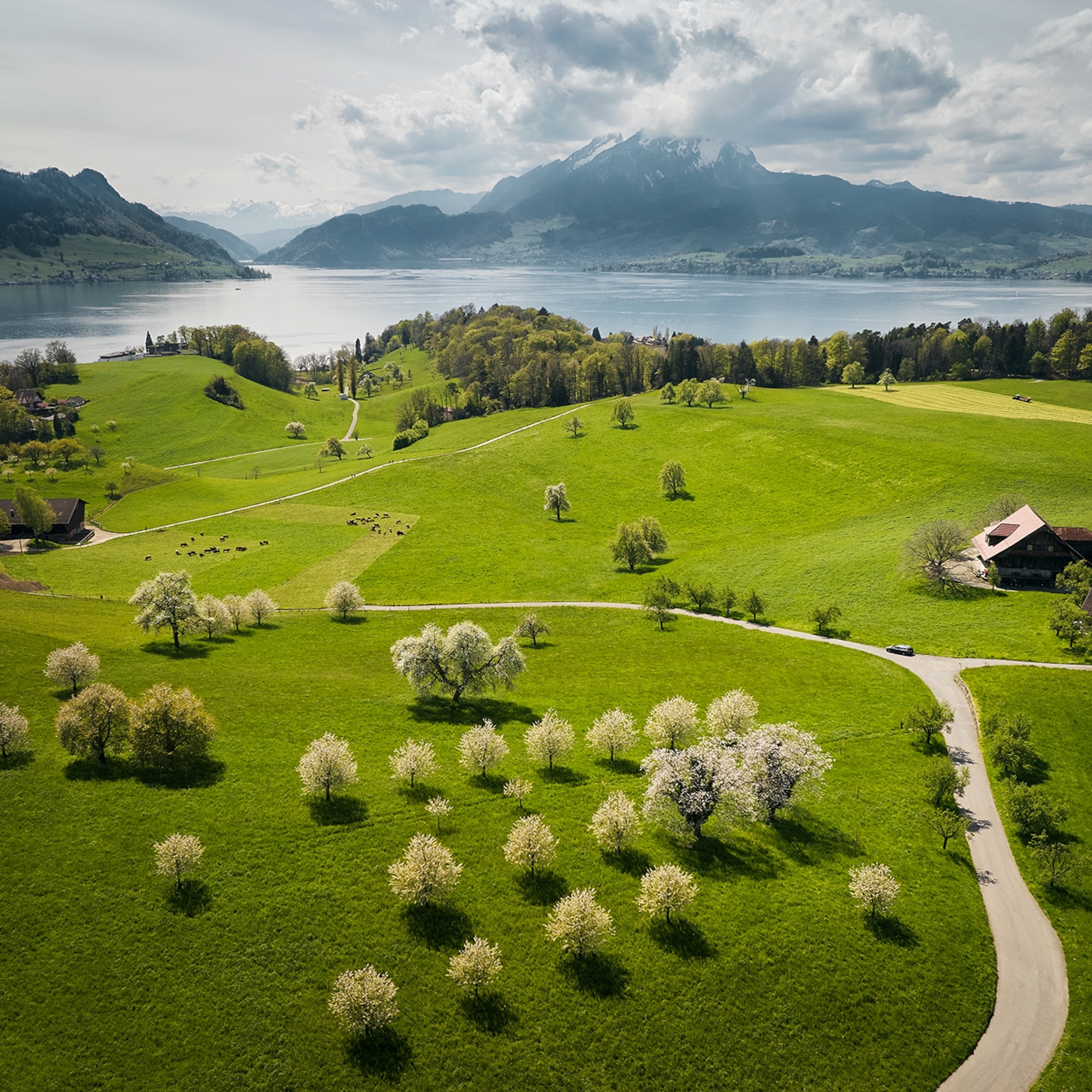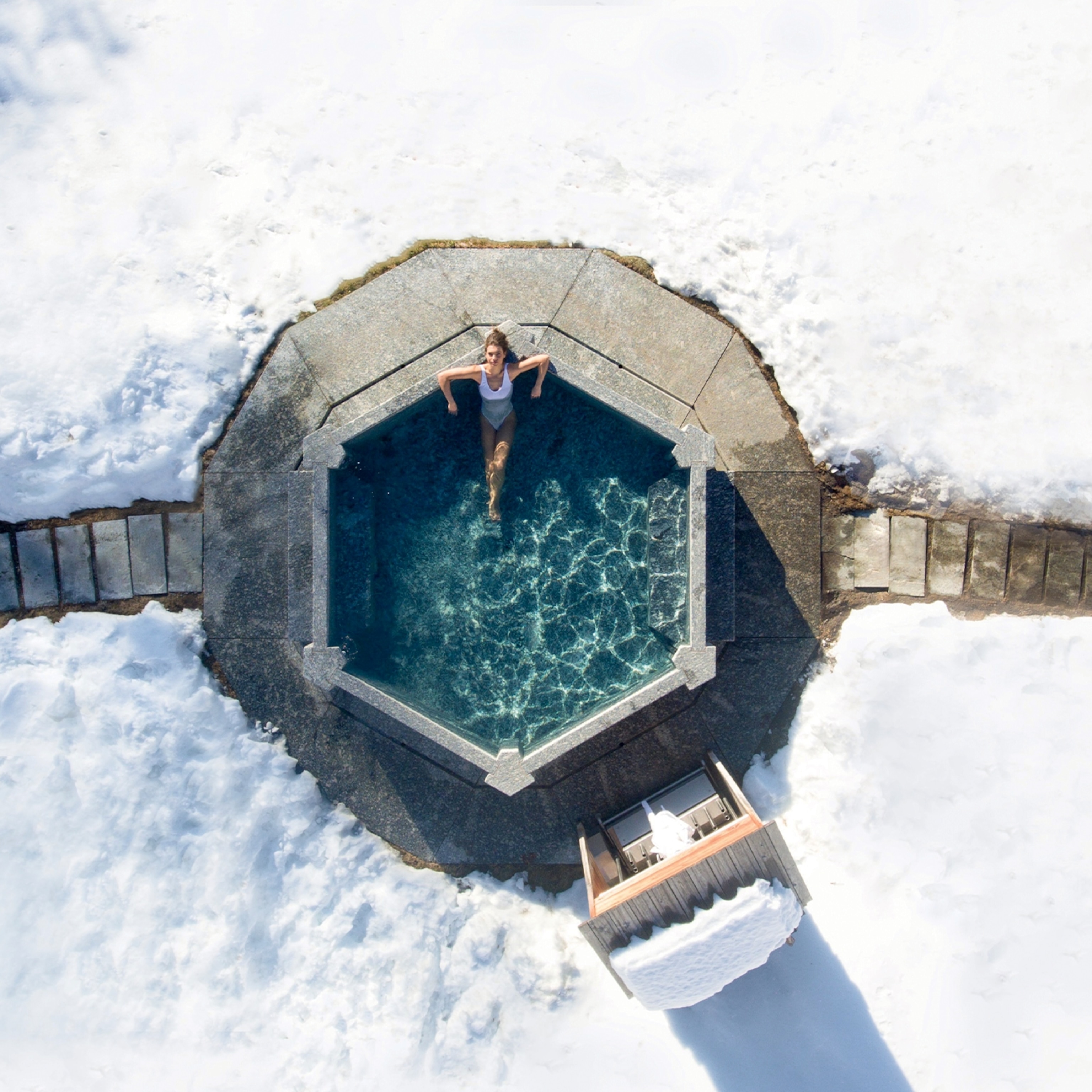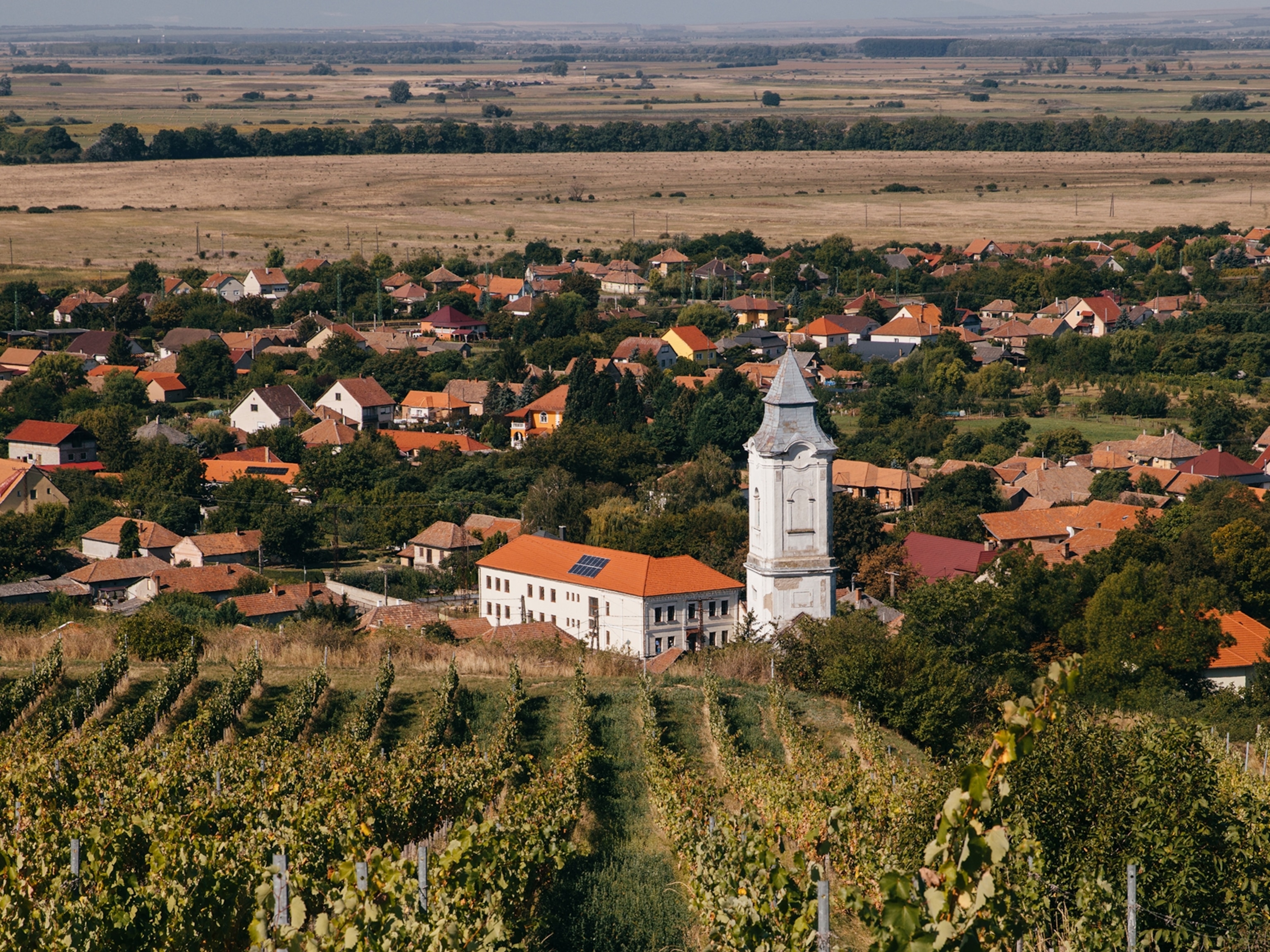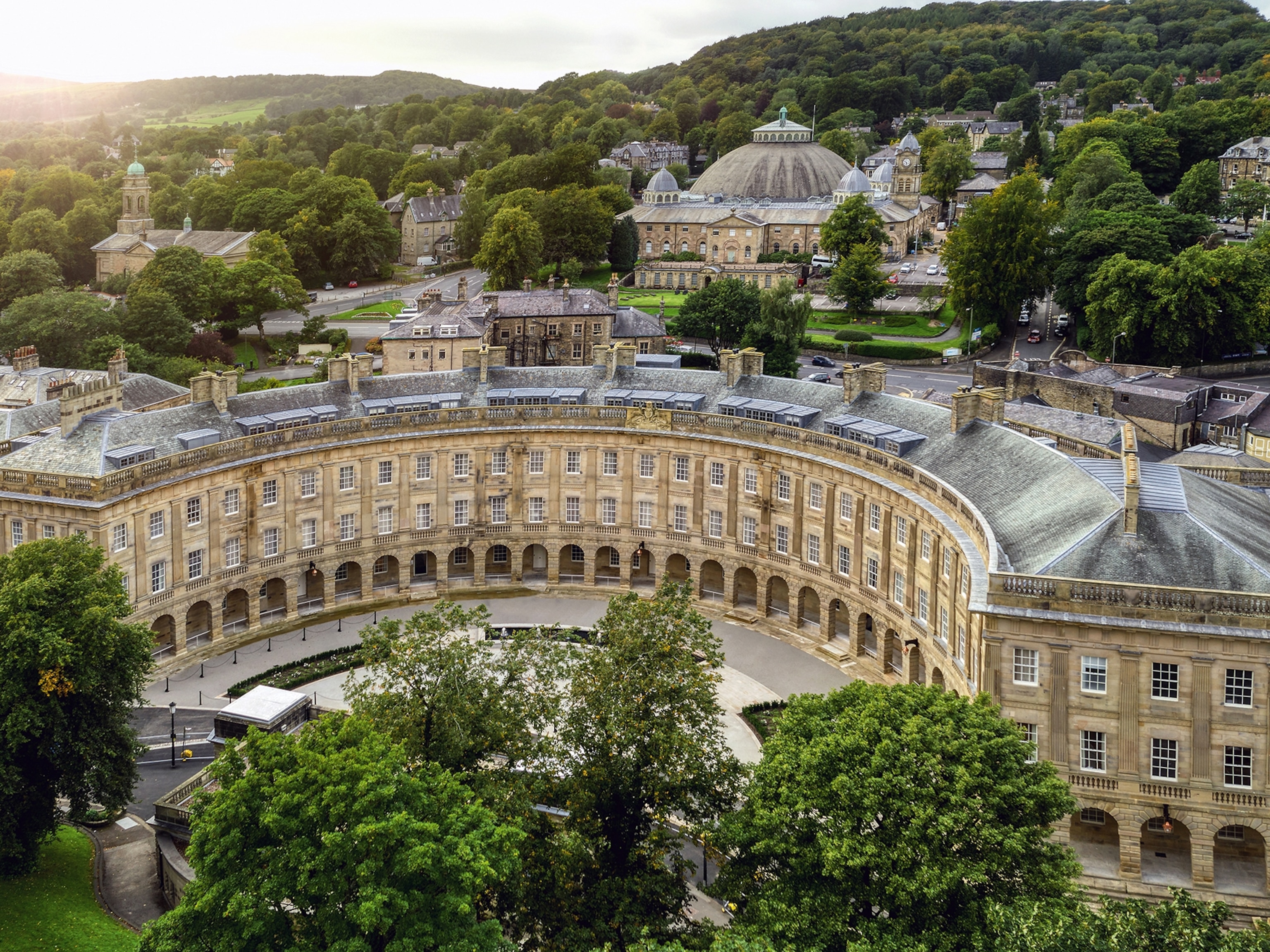
Hungary: the land of thermal spas
Soaking in the warm mineral waters is part of a balanced life in Hungary.
Hungary may lack ocean access, but it has its own brand of water wealth. The landlocked nation is teeming with thermal water springs—more than 1,300, with 123 in Budapest alone—which bring infinite opportunities for year-round bathing in spas all over the country. These water sources are rich in dissolved minerals, with the exact mineral content varying depending on the location. They are curative as well as luxuriously calming. Some are sulfurous-smelling, some are salty, and some have other special properties; they are each specifically recommended for healing certain health conditions. Wellness and spa culture have been a part of the Hungarian lifestyle for hundreds of years. Soaking in the warm mineral waters may feel decadent, but these spas aren’t seen as indulgences. In Hungary they are just part of a balanced life. You can’t really say you’ve experienced the country properly until you’ve suited up, braved biting cold winter air against your bare skin, and slowly descended into the steaming hot water in an outdoor thermal pool. Here are a few to choose from:
The Turkish Baths of Budapest: Hungary’s spa culture began in Roman times, but some of Budapest’s most stunning bathhouses were built during the 150 years of Ottoman rule. These 16th-century bathhouses have similar structures with central octagon-shaped pools topped by high domed ceilings through which rays of light pierce the water. There are smaller pools surrounding the main one, and saunas and steam rooms beyond. Budapest’s Turkish bathhouses—the Rudas Fürdő, Király Fürdő, and Veli Bej Fürdője—are all located near the Danube bank on the Buda side, close to the thermal sources.
“Spa City’s” Architectural Treasures: Besides the Turkish bathhouses, Budapest boasts many other historic baths, earning it the moniker “Spa City.” The steam rising from the outdoor pools at the neo-baroque Széchenyi Fürdő is an iconic image, as are the locals playing chess on the floating chessboards. More than two dozen pools, steam rooms, and saunas await inside Széchenyi's castle-like building in City Park. Across the river, the secessionist-style Gellért Fürdő, built in 1918, is arguably Budapest’s most beautiful bathhouse. With architectural details like frescoed ceilings, intricate stone columns, tile mosaics, statuettes, and domed ceilings, it’s a real stunner. The outdoor wave pool is a beloved part of summer in the city.
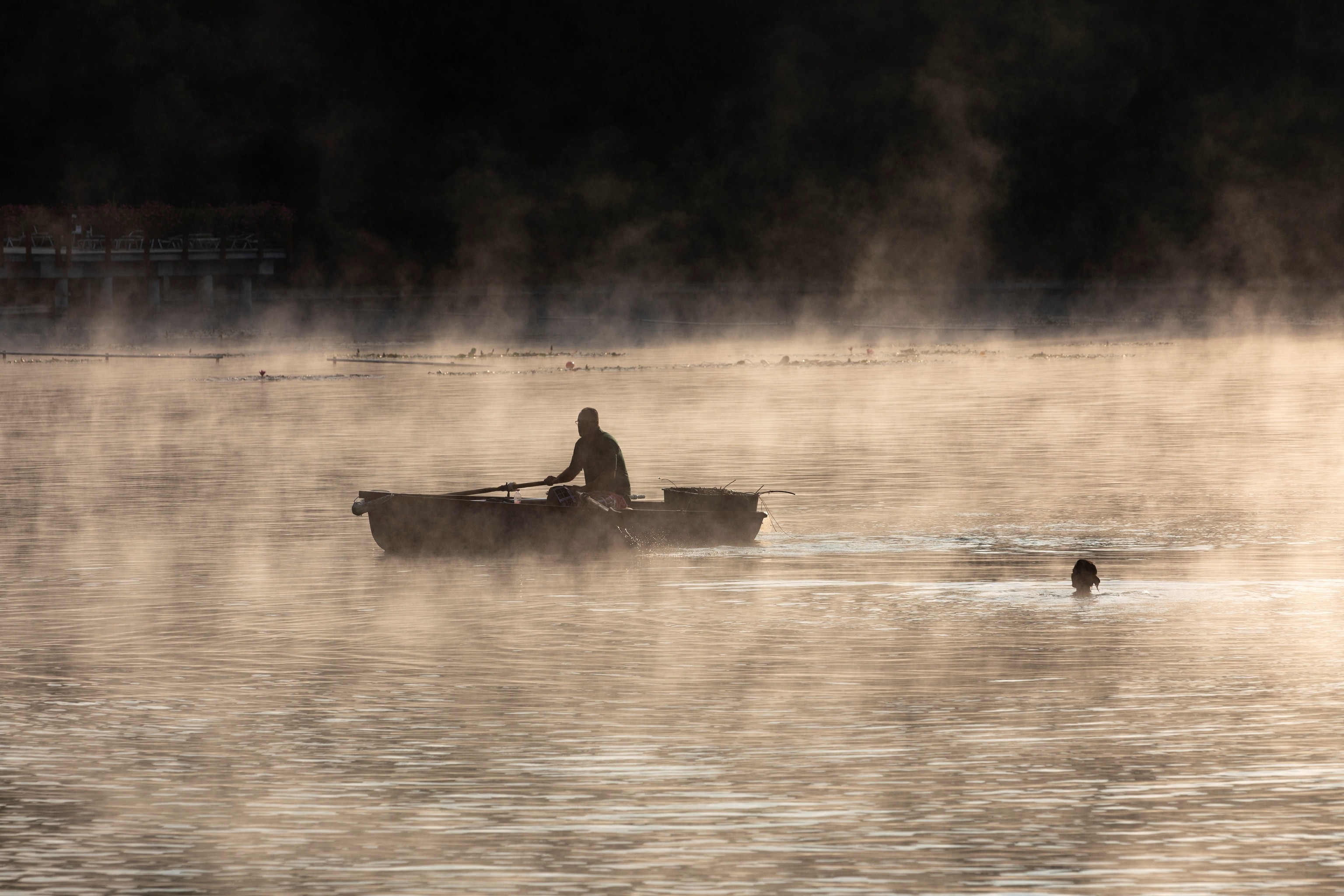
Europe’s Largest Thermal Lake: Lake Hévíz is one of Hungary’s natural wonders. Located near the northwestern side of Lake Balaton, it is a biologically active, natural thermal lake covering more than 10 acres. Lotus flowers grow on the surface of its water, which is warm enough to dip into even in winter. The lake is surrounded by hotels and treatment centers offering an array of services, including treatments with the precious mud covering the bottom of the lake (which is also made into beauty products).
Cave Bathing: Set in a natural cave with thermal water flowing through it, the Cave Bath in Miskolctapolca has five bathing halls filled with thermal water of varying temperatures. Located in the northwestern part of the country, this is Europe’s only thermal cave bath. Outside there are several pools and an adventure area for kids.
Eger’s Salt Hill: Eger is best known for its wines, especially the “Bull’s Blood” blend which looms large in the Hungarian soul. But not far from the vineyards, there’s a wealth of thermal water. The most prominent of the region’s thermal spas is Egerszalók. The steaming medicinal water comes from below the volcanic Mátra Mountains and cascades down a unique series of terraced limestone formations lined with travertine, named “Salt Hill” due to its appearance.
Turkish Relics: In the provincial town of Eger, Török Fürdő is the last surviving Turkish bath in the Hungarian countryside, and is not far from the northernmost remaining minaret erected by the Ottomans. Built in the classic Turkish style, this bathhouse has radon curative water flowing into its six pools, which is unusual in Hungary.
- National Geographic Expeditions
Designed by a Brilliant Architect: The Hagymatikum bath complex in the small southern town of Makó was designed by Imre Makovecz in his distinctive organic style. Inside the onion-shaped compound is a warren of hot pools of different shapes and sizes. Makovecz, who defined Hungary’s post-communist architectural aesthetic, designed this and other buildings as gifts to his hometown.
Down South: Head toward Hungary’s southern border with Croatia and chances are you’ll be popping into some of the many wine cellars clustered in Villány, one of the country’s premier red wine producing regions. The sprawling Harkány spa—with more than a dozen pools indoors and outdoors—is also down here, and makes for the perfect antidote to a wine tasting trip.
The Accidental Spa: In 1957 miners drilled in Bük, hoping to find crude oil. Instead, a 230-foot-high column of water burst from the ground, and the Bükfürdő medicinal center was later built on the site. Rich in minerals (especially carbonic acid, which works wonders for joint problems), the water transformed this small town near the Austrian border into one of Hungary’s significant health resorts.
Hungary’s Biggest Spa: Just a few miles from the western edge of Lake Balaton, Zalakaros is another town which improved its luck when valuable mineral water was accidentally struck. The sulfurous water here is 205ºF (96ºC) (before it’s cooled, of course).
Spa Resort in the East: Debrecen, in eastern Hungary, is known as the "capital of the Great Plain." You may not see any cowboys, but you can’t miss a visit to the city's impressive Aquaticum Spa. Sitting on 37 acres in a lush green park, the place has Mediterranean foliage, a forest, water slides, waterfalls, sound and light baths, and night bathing.

Tongue Twister in the Great Plain: The town of Hajdúszoboszló, in the middle of the Great Plain, is all about water. Until the 1920s, life here was agriculturally-oriented, but its fortunes changed when a thermal spring was discovered. Be sure to come ready to get wet, because the town is filled with thermal spas, outdoor pools, and a water park. The nearby Hortobágy National Park is worth visiting afterward.

